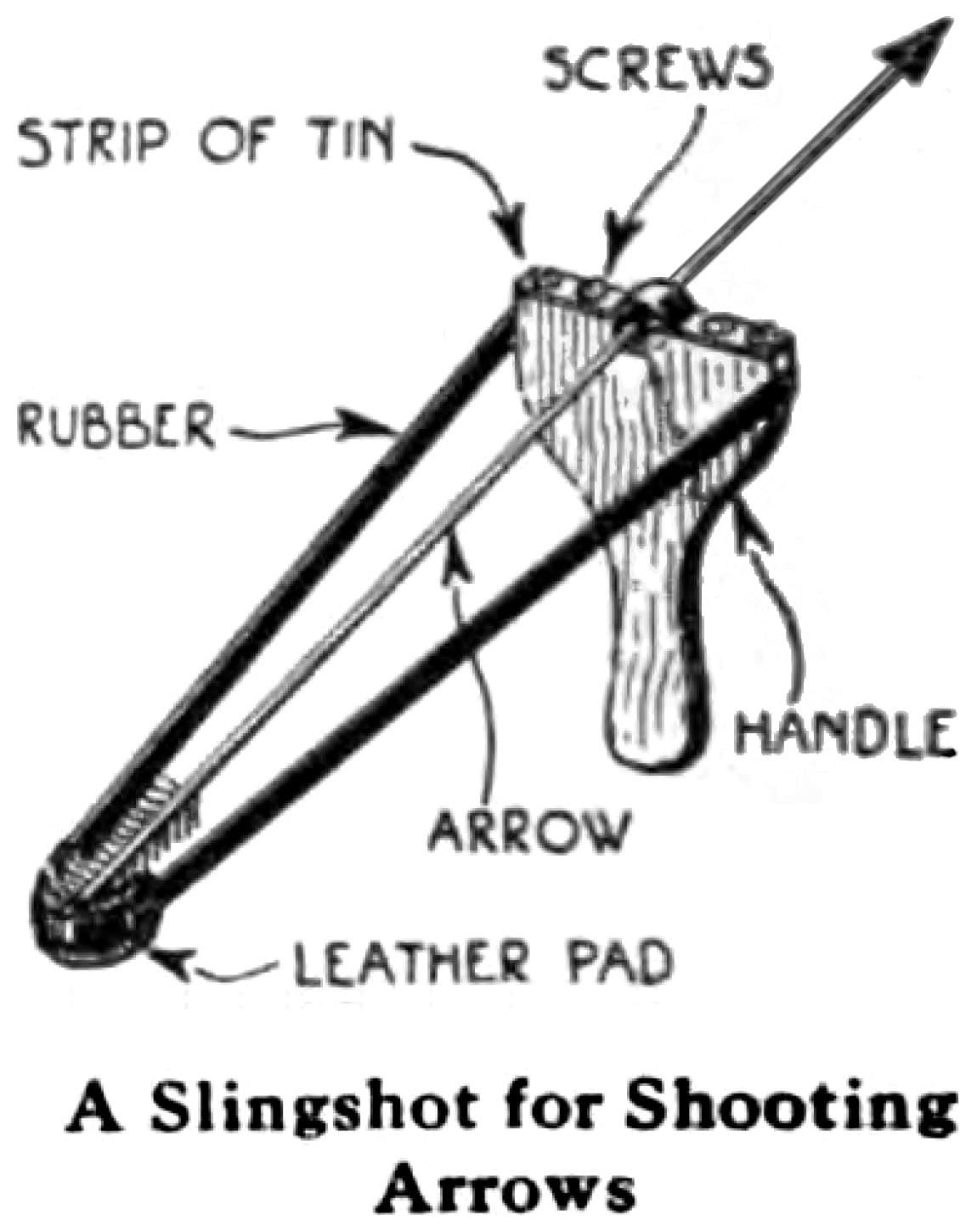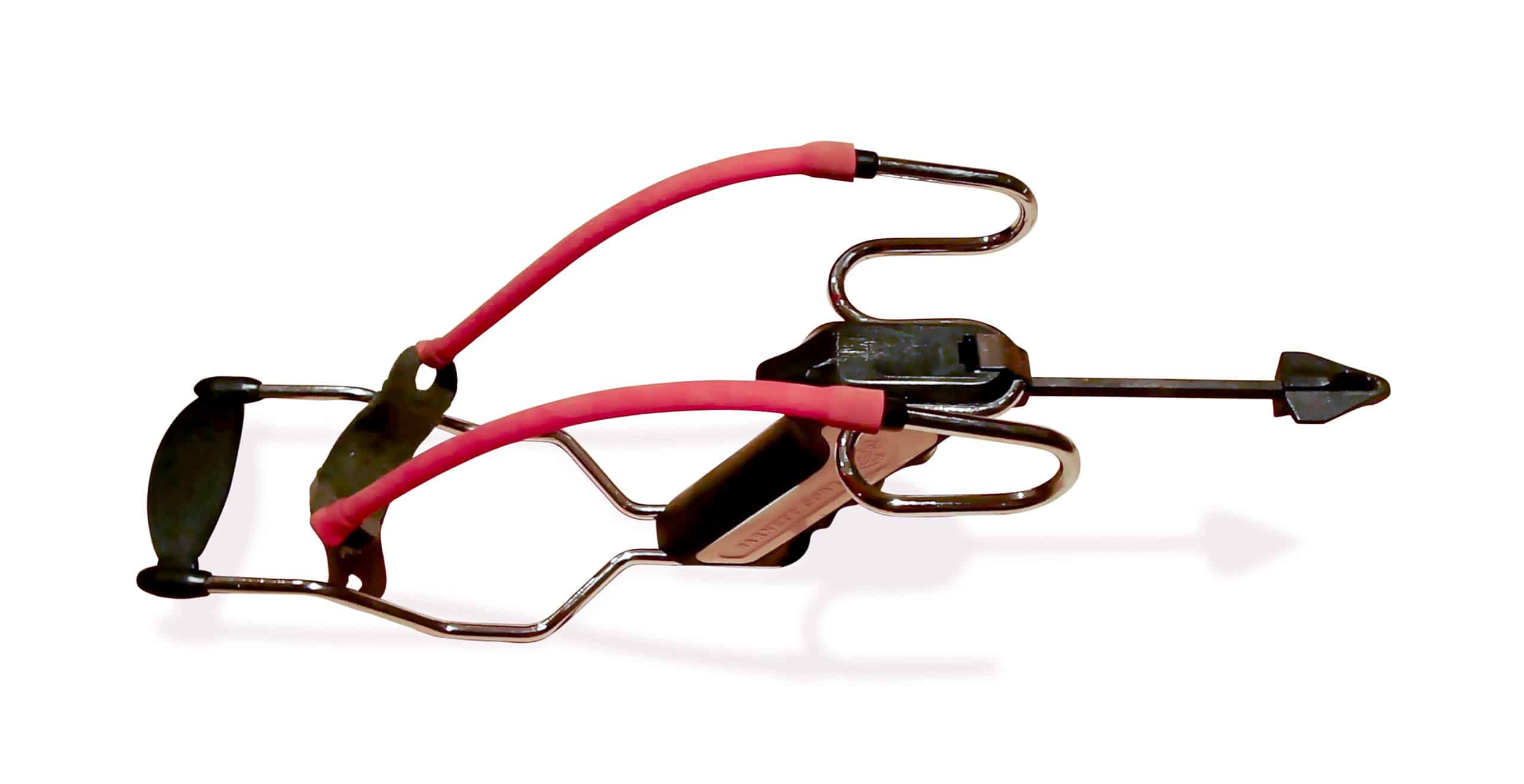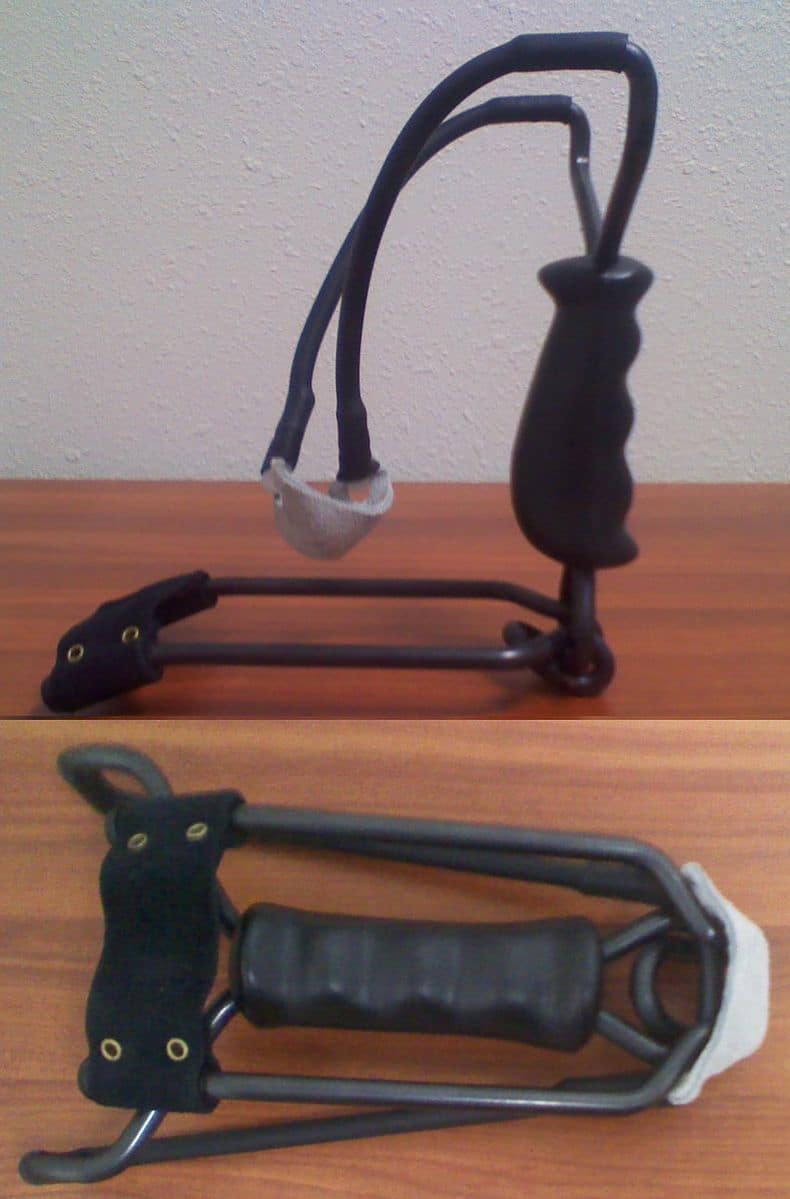Slingshots have been around for centuries, and have been used for hunting, sport, and even warfare. However, they are also a great tool for self-defense. Slingshots are affordable, easy to use, and versatile, making them a great option for anyone looking for a non-lethal self-defense tool. In this article, we will explore the benefits of using a slingshot self-defense weapon, how to choose the right one, and how to use it effectively.
A slingshot, also known as a catapult or a shanghai, is a small handheld weapon that uses rubber bands or other elastic materials to propel small projectiles. These projectiles can be small stones, marbles, steel balls, or even darts. The slingshot consists of a Y-shaped frame with two rubber bands attached to the ends of the frame, and a pouch in the center that holds the projectile.
Slingshots have been used for hunting and sport for centuries, with the first recorded use dating back to ancient Greece. However, it wasn’t until the early 1900s that slingshots became popular as a toy in the United States. In the 1950s, slingshots became a popular weapon among juvenile delinquents, which led to their temporary ban in some cities. Today, slingshots are still used for hunting and sport, but they are also gaining popularity as a self-defense tool.
Non-Lethal
One of the main benefits of using a slingshot for self-defense is that it is non-lethal. While a slingshot can be deadly if used improperly, it is much less likely to cause serious injury or death than a firearm or a knife. This makes it a great option for those who want to protect themselves without causing harm.
Affordable
Another advantage of using a slingshot for self-defense is that it is very affordable. A good quality slingshot can be purchased for less than $20, making it accessible to almost anyone. This is in stark contrast to firearms, which can cost hundreds or even thousands of dollars.
Easy to Use
Slingshots are also very easy to use, making them a great option for those who are not comfortable with more complicated self-defense tools. With a little bit of practice, anyone can learn how to use a slingshot effectively.
Versatile
Finally, slingshots are very versatile. They can be used in a variety of situations, from defending against a wild animal to protecting yourself from an attacker. They are also compact and easy to carry, making them a great option for those who need a portable self-defense tool.
There are several different types of slingshots available for self-defense, each with its own advantages and disadvantages. Some of the most popular types include:
Classic Slingshot
The classic slingshot is the most basic type of slingshot, consisting of a Y-shaped frame with two rubber bands attached to the ends of the frame and a pouch in the center. This type of slingshot is easy to use and very affordable, making it a great option for beginners.
Wrist Rocket
The wrist rocket, also known as the wrist brace slingshot, is a more advanced type of slingshot that features a wrist brace for added stability. This type of slingshot is more accurate than the classic slingshot, but it is also more expensive.
Folding Slingshot
The folding slingshot is a compact and portable type of slingshot that can be easily folded up and carried in a pocket or bag. This type of slingshot is great for those who need a self-defense tool that is easy to carry.
When choosing a slingshot for self-defense, there are several factors to consider. These include:
Materials
Slingshots can be made from a variety of materials, including wood, metal, and plastic. Wood and metal slingshots are more durable, but they are also heavier than plastic slingshots.
Bands and Pouches
The bands and pouches used in a slingshot can have a big impact on its performance. Thicker bands and larger pouches will produce more power and accuracy, but they will also be harder to use.
Size and Weight
The size and weight of the slingshot will also affect its performance. A larger slingshot will be more powerful, but it will also be harder to carry and use.
Using a slingshot for self-defense requires practice and skill. Some tips for using a slingshot effectively include:
Proper Grip
The proper grip is essential for accuracy and power. The slingshot should be held firmly but not too tightly, with the pouch centered in the palm of the hand.
Aiming
Aiming is crucial for hitting your target. The slingshot should be aimed with both eyes open, and the target should be lined up with the top of the frame.
Shooting Techniques
There are several different shooting techniques that can be used with a slingshot, including the pinch grip and the fork grip. Experimenting with different techniques can help you find the one that works best for you.
Here are some additional tips for using a slingshot for self-defense:
Practice Regularly
Regular practice is essential for becoming proficient with a slingshot. Set up targets in your backyard or at a shooting range and practice your aim and technique regularly.
Be Aware of Your Surroundings
When using a slingshot for self-defense, it is important to be aware of your surroundings. Make sure you have a clear shot at your target, and be aware of any obstacles or hazards in the area.
Use Proper Ammunition
Choosing the right ammunition is important for achieving the desired results. Steel balls are a popular choice for self-defense, but marbles, rocks, and other small objects can also be used.
Conclusion
In conclusion, a slingshot is an affordable and versatile self-defense tool that is easy to use and non-lethal. With the right slingshot and a bit of practice, anyone can use this tool to defend themselves from potential attackers. When choosing a slingshot for self-defense, consider factors such as materials, bands and pouches, size and weight. Remember to practice regularly, be aware of your surroundings, and use proper ammunition for the best results.
FAQs
- Is a slingshot legal for self-defense?
Slingshots are legal for self-defense in most areas, but it is important to check your local laws and regulations before using one.
- Can a slingshot cause serious injury?
While a slingshot can cause injury if used improperly, it is much less likely to cause serious injury or death than a firearm or a knife.
- What is the effective range of a slingshot?
The effective range of a slingshot depends on several factors, including the type of slingshot, the bands and pouches used, and the skill of the user. With practice, a slingshot can be accurate at distances up to 50 feet or more.
- Can a slingshot be used for hunting?
Yes, slingshots can be used for hunting small game such as rabbits and squirrels. However, it is important to check your local laws and regulations before hunting with a slingshot.
- What is the best type of ammunition for a slingshot?
Steel balls are a popular choice for slingshot ammunition, but marbles, rocks, and other small objects can also be used. It is important to choose ammunition that is small enough to fit in the pouch and that is not too heavy for the bands to propel effectively.




